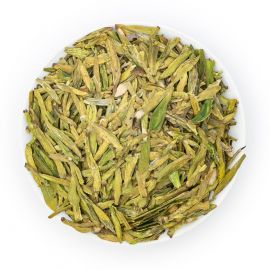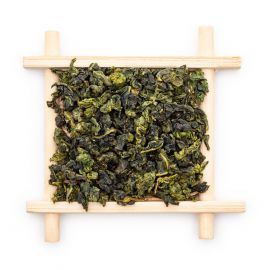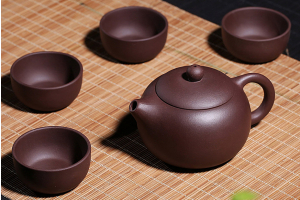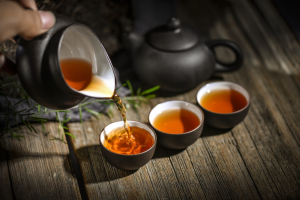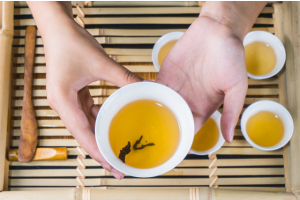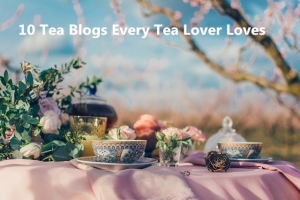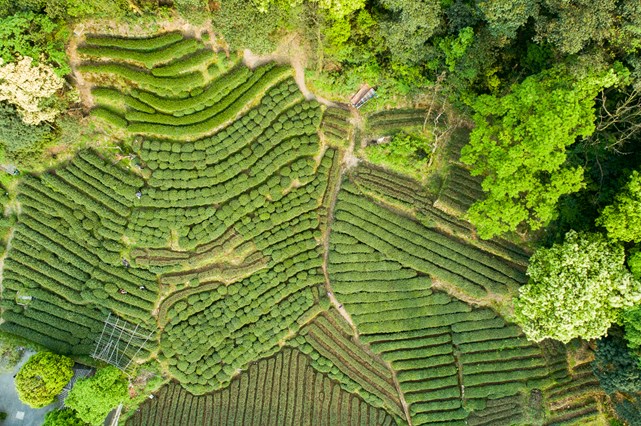
Chinese tea has a long history, and a variety of tea varieties, colorful, competing, like a garden in spring, make the mountains and rivers more enchanting.Chinese famous tea is the treasure in a vast sea of many varieties of tea.At the same time, Chinese famous tea enjoys a high reputation in the world.
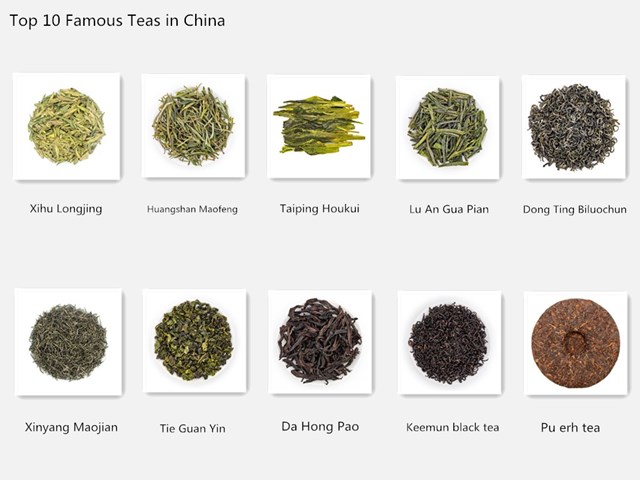
In different periods, there are various theories about the top ten famous Teas in China:
In 1915, The Panamanian International Exposition listed Tanyang Gongfu, Biluochun, Xinyang Maojian, West Lake Longjing, Junshan Yinpin, Huangshan Maofeng, Wuyi Rock tea, Qimen Black Tea, Duyun Maojian and Lu 'an Guapian as the top ten famous teas in China.
In 1959, China's "Top Ten Famous Teas" competition listed Xihu Longjing, Dongting Biluochun, Huangshan Maofeng, Lushan Cloud Tea, Lu 'an Guapian, Junshan Yinzhen, Xinyang Maojian, Wuyi Rock tea, Anxi Tieguanyin and Qimen Black tea as the top ten famous teas in China.
In 1999, "Liberation Daily" listed Jiangsu Biluochun, West Lake Longjing, Anhui Maofeng, Luan Guapian, Enshi Yulu, Fujian Tieguanyin, Fujian Silver Needle, Yunnan Pu'er Tea, Fujian Yuncha, and Jiangxi Yunwu Tea as China's top ten famous teas.
In 2001, the Associated Press and the "New York Daily" listed Huangshan Maofeng, Dongting Biluochun, Mengding Ganlu, Xinyang Maojian, West Lake Longjing, Duyun Maojian, Lushan Yunwu, Anhui Melon, Anxi Tieguanyin, and Suzhou Jasmine as the top ten names in China tea.
In 2002, "Hong Kong Wen Wei Po" listed West Lake Longjing, Jiangsu Biluochun, Anhui Maofeng, Hunan Junshan Yinzhen, Xinyang Maojian, Anhui Qimenhong, Anhui Melon, Duyun Maojian, Wuyi Rock Tea, and Fujian Tieguanyin as China's top ten names tea.
All kinds of tea:
Lu An Gua Pian is a national historical tea and one of China's top ten classic green teas. Lu'an Gua Pian (also known as Pian Cha) is a special type of green tea. Picked from the local unique varieties, the tea leaves are shaped like melon seeds through the unique traditional processing technology after pulling, removing the buds and tea stalks.
Xihu Longjing tea is distributed on the beautiful mountains beside the West Lake. It is surrounded by lakes and mountains, the climate is mild, with clouds and fog all the year round, and abundant rainfall. In addition, the soil structure is loose and the soil is fertile. The roots of tea trees are deep and leafy, and they are green all year round.
Anxi Tieguanyin is one of the famous oolong teas in my country. Anxi Tieguanyin tea is produced in Anxi County, Quanzhou City, Fujian Province. Anxi Tieguanyin tea has a long history and is known as the king of tea. According to reports, Anxi Tieguanyin tea originated in the Yongzheng period of the Qing Dynasty (1725-1735). Anxi County is mountainous, the climate is warm, the rainfall is plentiful, the tea trees grow lush and there are many varieties. Anxi Tieguanyin tea can pick four teas a year, including spring tea, summer tea, summer tea and autumn tea. The best tea quality is spring tea.
The main producing areas of Xinyang Maojian are high mountainous and shallow mountainous areas in the west of Xihe District, Xinyang City, Henan Province. In the reign of Emperor Guangxu of the Qing Dynasty (1903-1905), Cai Zuxian, who was formerly the leader of the Qing government's anti-smuggling in Xinyang and a member of the Old Tea Company, proposed to open mountains to grow tea. A tea master named Yu was invited from Anhui to help guide the cultivation and production of tea trees.
Dongting Biluochun tea is produced in Dongting Mountain, Taihu Lake, Wuzhong District, Suzhou City, Jiangsu Province. Dongting Mountain is located on the shore of Taihu Lake, with a mild climate, fresh air and full of clouds and mist. It is a unique environment for tea trees to grow. In addition, the picking is fine and the workmanship is exquisite, forming unique quality characteristics.
Wuyi Rock Tea is an oolong tea, known as the king of tea, and is produced in Wuyi Mountain, Fujian. Tea trees grow in the crevices. Wuyi Rock Tea has the fragrance of green tea and the sweetness of black tea. It is the best Chinese oolong tea. Wuyi Yancha is a semi-fermented green tea, and its production method is between green tea and black tea. The famous Da hong pao is well-known in the world.
Qimen black tea, the famous black tea, is produced in Qimen County, Anhui Province, China. The local tea varieties are high-yielding and high-quality. They are planted in fertile red-yellow soil, and the climate is mild, the rain is sufficient, and the sun is moderate, so the leaves are tender and rich in water-soluble substances.
Taiping Houkui, a traditional famous tea, belongs to green tea. It is produced in Taiping County, Anhui Province and has a long-standing reputation. Its shape is two leaves embracing buds, flat and straight, naturally stretched, and pekoe is hidden. It has the reputation of "Hou Kui has two pointed ends, neither scattered nor warped nor curled". In 2004, won the title of "Green Tea King" at the International Tea Expo.
Pu erh tea is divided into raw tea and ripe tea.Raw tea refers to all kinds of Yunnan tea (cake tea, brick tea, tuo tea, cake tea is the earliest) that are fresh and aged in a natural way after being picked and processed without artificial "fermentation" or "Wodui" treatment.
Huangshan Maofeng tea originated in the Guangxu period of the Qing Dynasty. The production of Huangshan tea is quite fine. The picking period is recognized from Qingming to Lixia. The buds and fresh leaves must be selected and the production process is rigorous.
Chinese tea has a long history, and the famous tea is a treasure among many varieties of tea. Famous teas are divided into traditional famous teas and historical famous teas. Therefore, China's "top ten famous teas" have been said in various ways in the past. The famous teas listed in this article have been ranked among China's top ten famous teas. Do you agree? Welcome to discuss.

